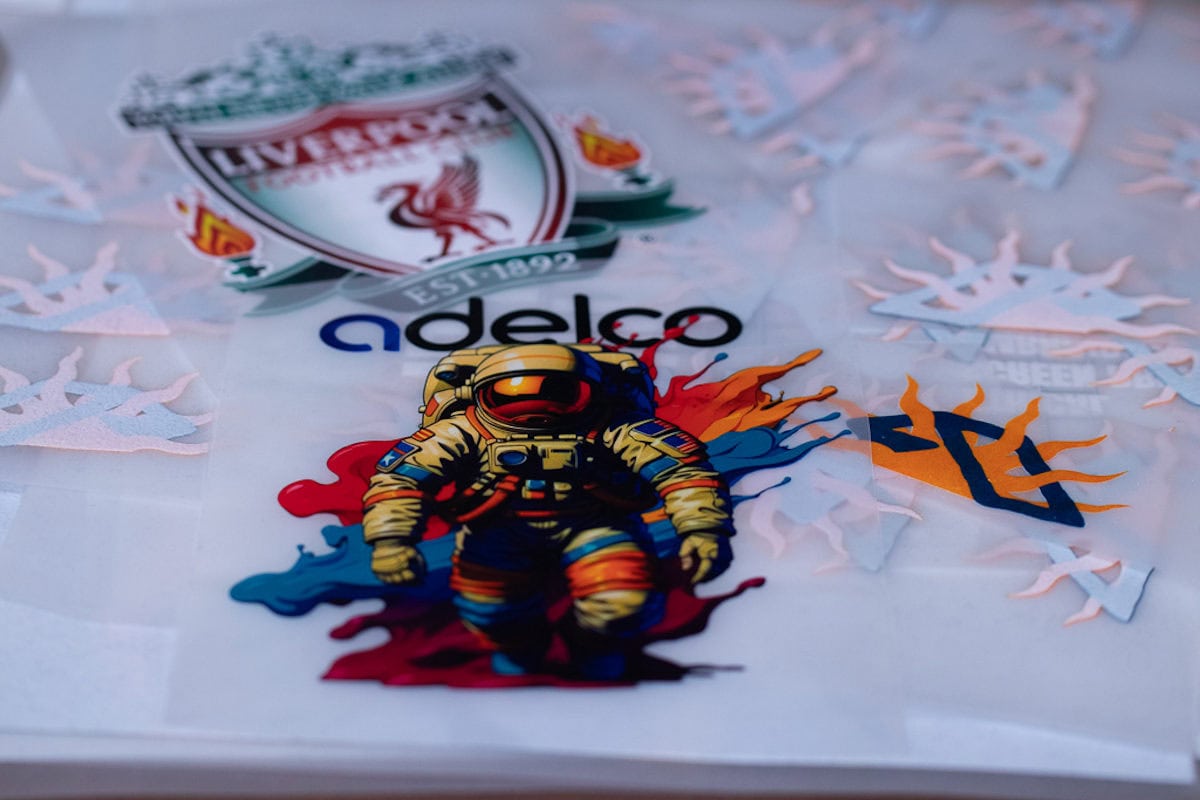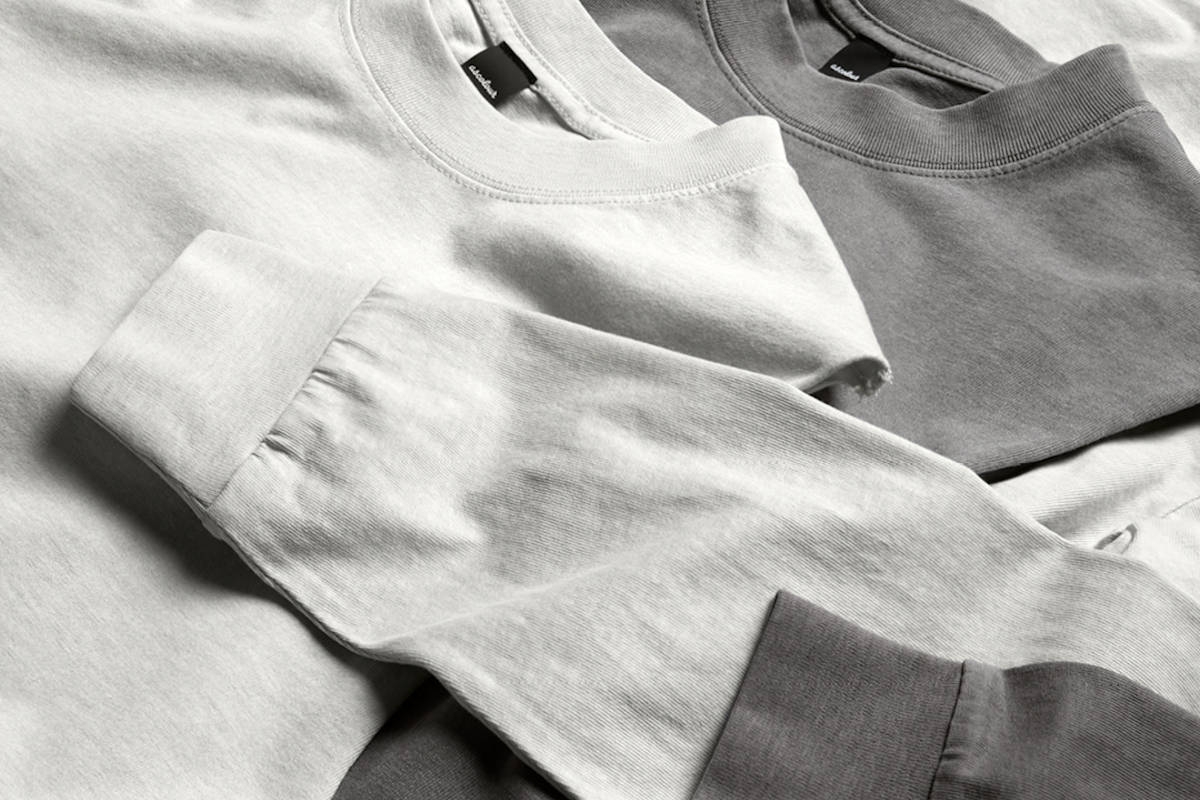Choosing Between DTF (Direct to Film) & DTG (Direct to Garment)
These days, there are a number of options when it comes to custom printing t-shirts and other clothing. In truth, it can all get a little confusing. Especially when the names get shortened and you end with a vaguely puzzling jumble of letters. In this short article, we’re going to narrow it down to two and look at DTF vs DTG printing. Here at Fifth Column, we offer a wide variety of ways to customise clothes. And DTG and DTF printing services are included amongst them. So, we’re well placed to give you a reliable assessment of both methods of decoration. Done well, either will provide excellent results and get your design printed on a tee in retail ready fashion. But knowing how they differ will mean that you’re making the best choice for your print project.
Comparing DTF with DTG prints
It’s fair to say that Direct-to-Film printing and Direct-to-Garment do have a number of similarities. Certainly in so far as they’re relatively modern techniques for custom printing clothes. And neither has the amount of set up required for something like silk screen printing, the oldest and most established way of printing ink onto fabric. Which also means they can be quite quicker for a single print or small print runs. However, there are differences and these will have a bearing on which is better for your design and what you want from it.

The differences between DTF printing and DTG
The first step in making a choice is to have a decent idea about how each process works. That’s not to say we need to examine everything in microscopic detail. Taking apart a DTF or DTG printer to see how the bits fit together wont’ get us anywhere. But a brief overview will help.
How does DTF printing work?
It probably won’t come as any great surprise that the primary piece of equipment required for direct to film transfer printing is a DTF printer. Along with a heat press machine. The process is as follows.
- Your design is printed onto a special film.
- This transfer film is treated with an adhesive powder. Something which is necessary in order for the design to adhere to the fabric.
- A heat press is then used to transfer the design to the item.
How does DTG printing work?
The main piece of equipment that you need is a DTG printer (an ink jet printer similar to those found in homes and offices). Plus, some type of curing device such as a heat press or tunnel dryer.
- Apply a pre treatment to the garment. This will create a bond between ink and fabric.
- Ink is then applied directly to the garment to create the design.
- The garment is transferred to the dryer to cure the ink.

Fabrics you can print DTF printing and DTG
What fabrics can be printed with DTG and DTF?
Now, this is where we find a big difference between these types of decoration. Which is that DTF is far and away more versatile than DTG. The latter is limited to what you’d think of as ‘natural’ fabrics like cotton and some blends that include cotton in the mix. Whereas DTF can print a much wider range of materials. Cotton certainly but also the synthetic stuff such as polyester and nylon to name just two. And that’s important from the customer’s point of view. Not least because it opens up the possibilities with the plain garments that you choose. Or, perhaps more importantly, those fabrics which best suit your circumstances.
Print quality – which is better, DTG or DTF?
In terms of the quality of printing, it’s a close call when it comes to DTF versus DTG. That’s to say, both are very good. Although, slightly different. DTF prints are smooth but tend to have a stiffer feel because the print is applied to the surface of the material. That said, this will decrease over time. DTG prints start out less stiff but can be rougher due to the fact that the ink soaks into the fabric. Again, the roughness will reduce as the item is worn and washed.
Colour, complexity and detail
Just like quality, Direct to Film and Direct to Garment run neck and neck for most of the race. With DTF crossing the finish line just ahead. To be clear, either one is fabulous for photos, lots of detail and lots of colours. However, DTF colour vibrancy is more reliable due to the process mentioned above. Specifically, the ink sitting on the surface with DTF and soaking into the fabric with DTG. The latter, ink being absorbed, means that there’s always the chance of some variation. That’s to say, colours can be less vibrant. Particularly when printing on darker fabrics.
DTF vs DTG durability
This is something that prompts a number of queries. One question we are asked is does DTF printing crack. And the answer is that it’s resistant to cracking because of the elastic nature of the print. However, small cracks can appear if the shirt is washed in very hot water. And does DTG printing crack? Well, yes, there is a possibility after repeated washes.
Is DTF printing durable or does DTF print last long are also often asked questions. Probably because it’s not been around as long and therefore people may be using it for the first time. Well, this is an area where you have confidence in the process. DTF prints are very durable. Indeed, they will last for years. As long the garment itself if the print is done well and proper care is taken with washing and so on.
DTF vs DTG cost
We ought to mention cost in our summary of DTF vs DTG. Once again, there’s not much in it. Especially when you consider that we’re talking about small print run options here. Because neither is cost effective for high volume bulk t-shirt printing where screen printing is your best bet. It’ll vary from one printing company to another but DTF printed tees probably cost a bit more per shirt. However, there isn’t a big enough disparity to make it a significant factor in which you choose. And cost being comparable means you need to evaluate the other things and decide which is better suited to your project.
How about sustainability with DTF and DTG
In short, both of these printing techniques have things to recommend them on the eco-friendly front. For instance, DTF and DTG use water based inks which are considered better for the environment. And either can be used for small print runs where waste is minimised. Simply by the fact that you’re not holding stock which may not be sold. Even the special transfer film used in DTF can be recycled.
DTF vs DTG conclusion
The truth is that either DTF or DTG will print impressive t-shirts, sweatshirts and hoodies. Whilst both are fairly new, DTF is the most recent and DTG is already established as the print on demand go-to. Something that isn’t likely to change anytime soon. If for no other reason than big print on demand outfits already have a lot invested in direct to garment. And switching to another method is a costly and complicated business. But direct to film has many attractive qualities and can be seen as preferable in some regards. However, when all is said and done, there isn’t much in it with DTF vs DTG. The small differences have to be evaluated. Then compared to see what works best for you. Which is one of the reasons we’ll continue to offer both. Because getting it right is what matters most and that depends on your particular requirements.